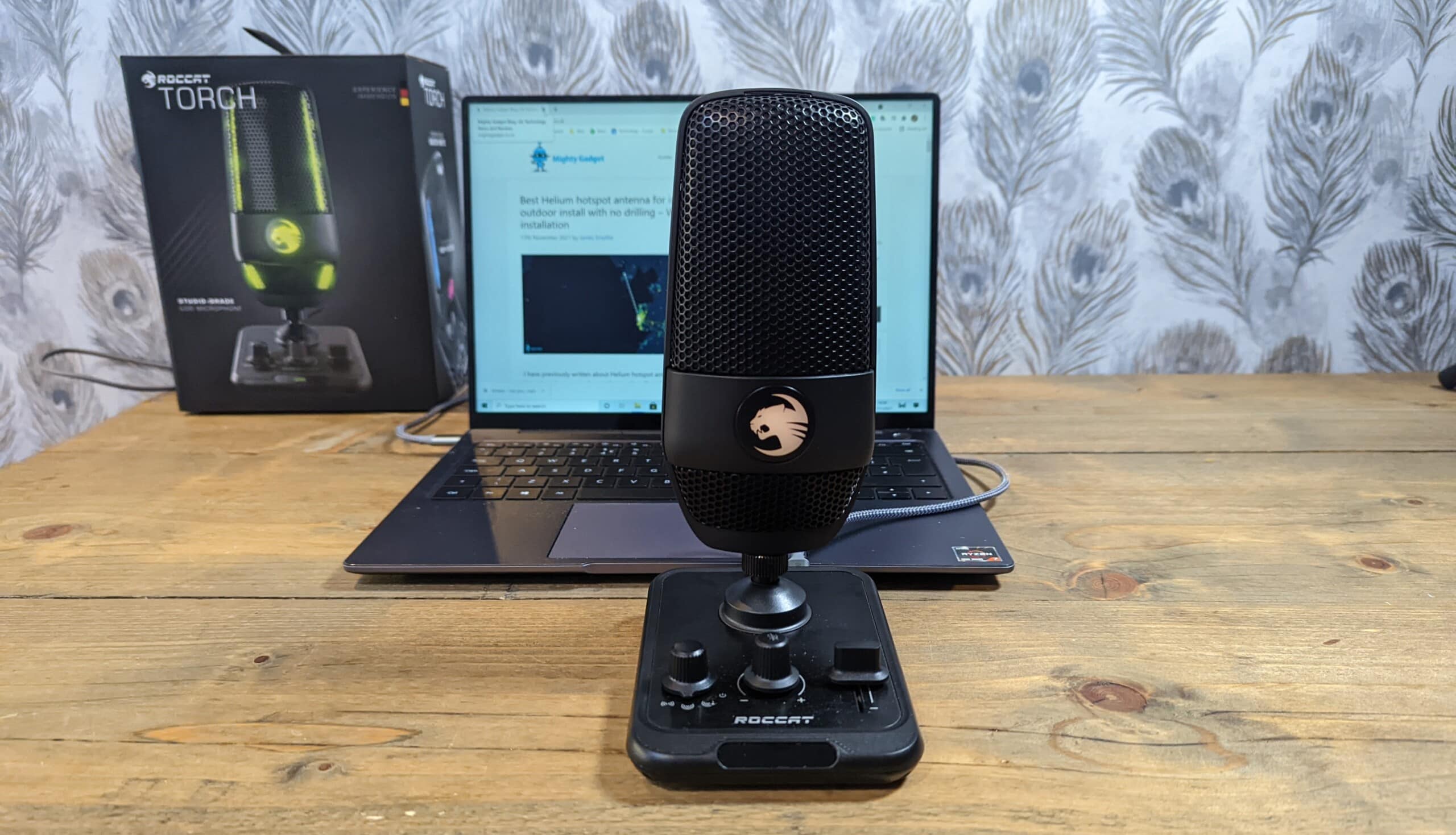Any links to online stores should be assumed to be affiliates. The company or PR agency provides all or most review samples. They have no control over my content, and I provide my honest opinion.
This article was originally published on Make the Sound Better. While I have updated most of the articles that have been transferred over, this article is mostly unedited.
Distortion is often considered a negative aspect when it comes to audio recording. However, mic distortion can be used intentionally to add character to the recorded audio. It can enhance the warmth, depth, and texture of the sound. In this article, we will take a closer look at the different types of mic distortion and the top 10 mic distortions that can help you achieve clear audio.
Understanding Mic Distortion

Mic distortion is the unwanted alteration of the audio signal that occurs when the input level exceeds the maximum level that the mic can handle. This results in a clipping effect that causes the audio to sound distorted. Mic distortion can be either intentional or unintentional. Intentional mic distortion is often used in music production to create unique sounds and add character to a recording. Unintentional mic distortion, on the other hand, is usually unwanted and can ruin the quality of the audio.
Types of Mic Distortion
There are several types of mic distortion, and each type has a different effect on the audio. Some of the most common types of mic distortion include hard clipping, soft clipping, harmonic distortion, intermodulation distortion, phase distortion, digital distortion, and noise distortion.
Top 10 Mic Distortions
To help you achieve clear audio, we have compiled a list of the top 10 mic distortions that can be used intentionally to add character to your recordings.
| Distortion Type | Effect on Audio |
|---|---|
| Hard Clipping | High levels of distortion, produces a harsh and crunchy sound |
| Soft Clipping | Soft distortion, produces a warm and rounded sound |
| Harmonic Distortion | Adds harmonic content to the audio, producing a richer sound |
| Intermodulation Distortion | Adds frequencies that are not present in the original signal, producing a unique sound |
| Phase Distortion | Alters the phase of the audio signal, producing a unique sound |
| Digital Distortion | Produced by digital equipment, adds a harsh and gritty sound |
| Noise Distortion | Adds noise to the audio signal, producing a unique sound |
| Tape Saturation | Adds warmth and depth to the audio, similar to analog tape recording |
| Tube Distortion | Adds warmth and depth to the audio, similar to vintage tube equipment |
| Fuzz Distortion | Produces a gritty and rough sound, often used in rock music |
Hard Clipping
Hard clipping is a type of distortion that occurs when the input level exceeds the maximum level that the mic can handle. This results in a sudden and abrupt clipping of the signal, producing a harsh and crunchy sound that is often used in rock music.
Soft Clipping
Soft clipping is a type of distortion that produces a warm and rounded sound. Unlike hard clipping, soft clipping is more subtle and produces a smoother distortion effect. Soft clipping is often used in jazz music to add warmth and depth to the sound.
Harmonic Distortion
Harmonic distortion is a type of distortion that adds harmonic content to the audio signal. This produces a richer and fuller sound that is often used in music production to enhance the warmth and depth of the sound.
Intermodulation Distortion
Intermodulation distortion is a type of distortion that adds frequencies that are not present in the original signal. This produces a unique sound that is often used in electronic music to create complex and intricate sounds.
Phase Distortion
Phase distortion is a type of distortion that alters the phase of the audio signal. This produces a unique sound that is often used in music production to add character to the sound.
Digital Distortion
Digital distortion is a type of distortion that is produced by digital equipment. It adds a harsh and gritty sound to the audio signal, which is often used in electronic music to create a futuristic sound.
Noise Distortion
Noise distortion is a type of distortion that adds noise to the audio signal. This produces a unique sound that is often used in music production to create a lo-fi or vintage sound.
Conclusion
Mic distortion can be a powerful tool for achieving clear audio. With the right type of mic distortion, you can enhance the warmth, depth, and texture of your recordings. By understanding the different types of mic distortion and their effects on the audio, you can choose the right type of distortion for your recording needs.
I am James, a UK-based tech enthusiast and the Editor and Owner of Mighty Gadget, which I’ve proudly run since 2007. Passionate about all things technology, my expertise spans from computers and networking to mobile, wearables, and smart home devices.
As a fitness fanatic who loves running and cycling, I also have a keen interest in fitness-related technology, and I take every opportunity to cover this niche on my blog. My diverse interests allow me to bring a unique perspective to tech blogging, merging lifestyle, fitness, and the latest tech trends.
In my academic pursuits, I earned a BSc in Information Systems Design from UCLAN, before advancing my learning with a Master’s Degree in Computing. This advanced study also included Cisco CCNA accreditation, further demonstrating my commitment to understanding and staying ahead of the technology curve.
I’m proud to share that Vuelio has consistently ranked Mighty Gadget as one of the top technology blogs in the UK. With my dedication to technology and drive to share my insights, I aim to continue providing my readers with engaging and informative content.






